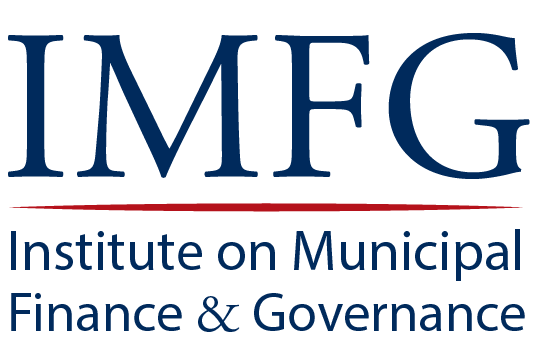New IMFG Paper studies Toronto’s Sheppard subway line and offers cautionary advice to city policymakers about tax increment financing.
In the new IMFG Paper (No. 25), Can Tax Increment Financing Support Transportation Infrastructure Investment?, Murtaza Haider and Liam Donaldson explore whether tax increment financing (TIF) can be used to fund big projects like subway extensions. In particular, they study Toronto’s Sheppard East subway extension and its impact on surrounding property values to determine if it could have been financed by a TIF.
Around the world, cities have become increasingly interested in TIF as a way to pay for infrastructure. As Canada prepares to embark on a decade of major infrastructure spending, this potential revenue tool has attracted renewed interest. In Toronto, tax increment financing has been proposed as a way to fund the city’s Smart Track initiative. The question is whether it would work in practice, and how much money it might raise.
Haider and Donaldson find that the revenue from a 30-year TIF on the Sheppard subway line would only have covered a small fraction of construction costs. They argue that TIF is more appropriate for projects up to a few hundred million dollars, and should be complemented with other revenue sources.
This paper was made possible by the generous support of Sustainable Prosperity at the University of Ottawa.
About the Authors
Murtaza Haider is an associate professor at the Ted Rogers School of Management at Ryerson University, director of Regionomics Inc., and an adjunct professor of engineering at McGill University. He is the author of the recently published book, Getting Started with Data Science: Making Sense of Data with Analytics. In 2015, he was a Visiting Scholar at the Institute on Municipal Finance and Governance (IMFG).
Liam Donaldson is an urban planning consultant with Regionomics Inc., and a research assistant at Ryerson University.
